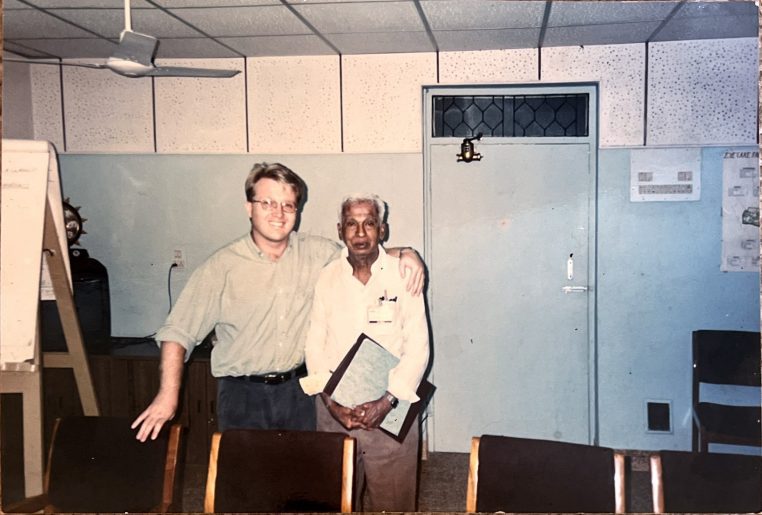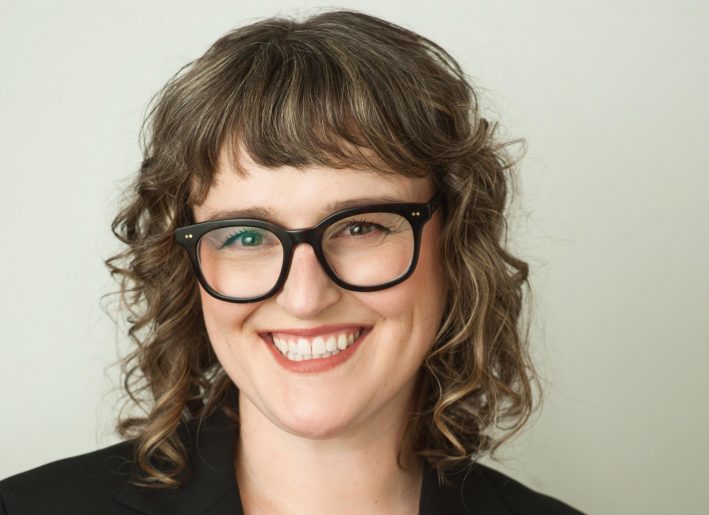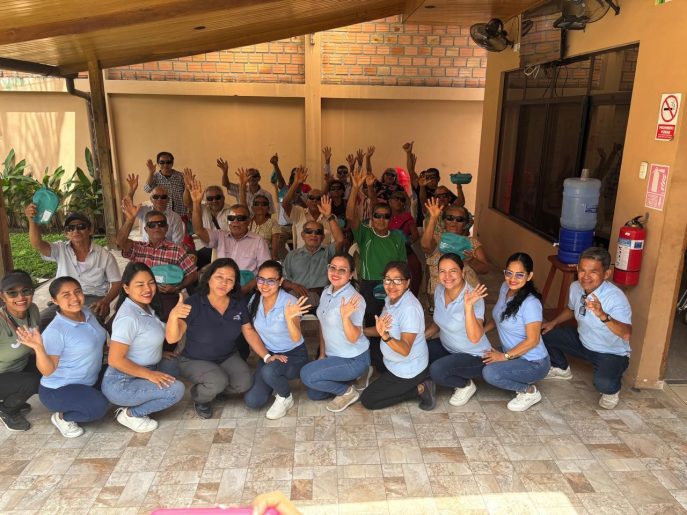In August of last year, The Lancet, the world’s oldest and best known peer-reviewed medical journal, published new blindness statistics. There is some good news. Globally, the number of people who are blind has dropped from 39 million to 36 million.
Proportionally fewer women are blind: 55% instead of 66%; but the statistical improvement does not extend to girls who are still half as likely as boys to receive care.
According to The Lancet, due to a growing and aging population, the world’s blind are predicted to increase from today’s 36 million to 115 million by 2050 if access to treatment is not improved and increased by better funding.
The majority of the 115 million will be women and girls.
Clearly, we need to do more.
On March 8th, International Women’s Day, Seva Canada launched a new campaign focused on ensuring women and girls have an equal right to sight.
Why is gender equity in the treatment of blindness so important to us?
It’s important because women and girls bear a far greater burden of blindness due to lack of access to care; because seeking gender equity is an ethical imperative; and because treatment of conditions that affect women is particularly important to the social and economic development of entire communities.
In 1999, Seva Canada supported the first research on gender inequity in the treatment of blindness and we continue to publish, support and document ongoing strategies to achieve gender equity.
Seva Canada’s new campaign – Equal Right to Sight – has 4 goals:
To use proven strategies and continue to introduce and fund gender equity strategies in all of our international programs.
While we haven’t achieved gender equity in eye care yet, with the support of our donors, we have made significant progress and provided a model for how to provide broader health care equity for women and girls. Seva’s Equal Right to Sight campaign will work towards providing gender-specific program tools and work towards having gender equity as a mainstream eye care goal worldwide.



